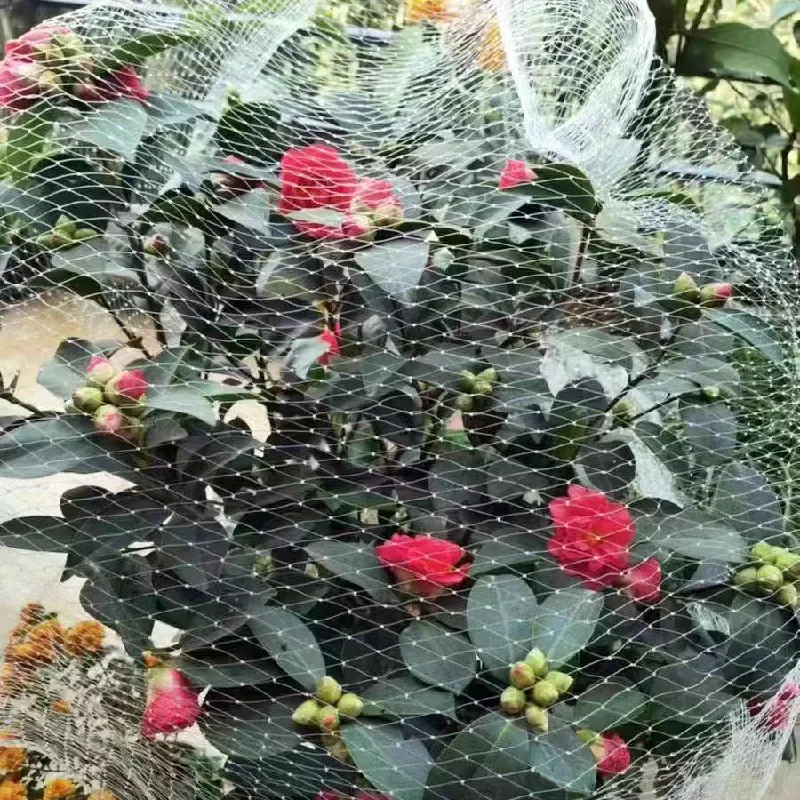-
 Afrikaans
Afrikaans -
 Albanian
Albanian -
 Amharic
Amharic -
 Arabic
Arabic -
 Armenian
Armenian -
 Azerbaijani
Azerbaijani -
 Basque
Basque -
 Belarusian
Belarusian -
 Bengali
Bengali -
 Bosnian
Bosnian -
 Bulgarian
Bulgarian -
 Catalan
Catalan -
 Cebuano
Cebuano -
 China
China -
 Corsican
Corsican -
 Croatian
Croatian -
 Czech
Czech -
 Danish
Danish -
 Dutch
Dutch -
 English
English -
 Esperanto
Esperanto -
 Estonian
Estonian -
 Finnish
Finnish -
 French
French -
 Frisian
Frisian -
 Galician
Galician -
 Georgian
Georgian -
 German
German -
 Greek
Greek -
 Gujarati
Gujarati -
 Haitian Creole
Haitian Creole -
 hausa
hausa -
 hawaiian
hawaiian -
 Hebrew
Hebrew -
 Hindi
Hindi -
 Miao
Miao -
 Hungarian
Hungarian -
 Icelandic
Icelandic -
 igbo
igbo -
 Indonesian
Indonesian -
 irish
irish -
 Italian
Italian -
 Japanese
Japanese -
 Javanese
Javanese -
 Kannada
Kannada -
 kazakh
kazakh -
 Khmer
Khmer -
 Rwandese
Rwandese -
 Korean
Korean -
 Kurdish
Kurdish -
 Kyrgyz
Kyrgyz -
 Lao
Lao -
 Latin
Latin -
 Latvian
Latvian -
 Lithuanian
Lithuanian -
 Luxembourgish
Luxembourgish -
 Macedonian
Macedonian -
 Malgashi
Malgashi -
 Malay
Malay -
 Malayalam
Malayalam -
 Maltese
Maltese -
 Maori
Maori -
 Marathi
Marathi -
 Mongolian
Mongolian -
 Myanmar
Myanmar -
 Nepali
Nepali -
 Norwegian
Norwegian -
 Norwegian
Norwegian -
 Occitan
Occitan -
 Pashto
Pashto -
 Persian
Persian -
 Polish
Polish -
 Portuguese
Portuguese -
 Punjabi
Punjabi -
 Romanian
Romanian -
 Russian
Russian -
 Samoan
Samoan -
 Scottish Gaelic
Scottish Gaelic -
 Serbian
Serbian -
 Sesotho
Sesotho -
 Shona
Shona -
 Sindhi
Sindhi -
 Sinhala
Sinhala -
 Slovak
Slovak -
 Slovenian
Slovenian -
 Somali
Somali -
 Spanish
Spanish -
 Sundanese
Sundanese -
 Swahili
Swahili -
 Swedish
Swedish -
 Tagalog
Tagalog -
 Tajik
Tajik -
 Tamil
Tamil -
 Tatar
Tatar -
 Telugu
Telugu -
 Thai
Thai -
 Turkish
Turkish -
 Turkmen
Turkmen -
 Ukrainian
Ukrainian -
 Urdu
Urdu -
 Uighur
Uighur -
 Uzbek
Uzbek -
 Vietnamese
Vietnamese -
 Welsh
Welsh -
 Bantu
Bantu -
 Yiddish
Yiddish -
 Yoruba
Yoruba -
 Zulu
Zulu
Techniques for Effective Fall Netting in Environmental Conservation and Safety Practices
The Importance of Fall Netting in Agriculture
As autumn approaches, farmers and agricultural experts alike turn their attention to essential practices that can safeguard crops and ensure a fruitful harvest. One such practice that has garnered attention in recent years is fall netting. This technique not only helps in protecting crops from various issues but also enhances the overall efficiency of farming operations during the critical harvest season.
Fall netting involves the use of protective netting to cover crops as they near maturity. The primary objective of this practice is to shield the crops from birds and other wildlife, which can cause significant damage to fruits, vegetables, and grains. Species such as crows, starlings, and even deer pose a considerable threat to agricultural yields. By employing netting, farmers can create a physical barrier that deters these pests from accessing the vulnerable produce.
One of the most significant benefits of fall netting is the potential for increased crop yield. With reduced damage from birds, farmers can expect to harvest a more substantial quantity of untouched produce. This is particularly important for crops like grapes, berries, and apples that are particularly attractive to foraging animals. The increased yield can translate to higher profits, allowing farmers to reinvest in their operations and improve overall sustainability.
fall netting

In addition to protecting crops from wildlife, fall netting can also aid in the prevention of crop diseases
. Many pests can carry diseases that can spread rapidly through fields, decimating crops in a short period. By covering the crops with netting, farmers can limit the exposure to these harmful organisms, contributing to healthier plants and higher quality produce.Moreover, fall netting can also help in managing weather-related challenges. Autumn often brings unpredictable weather patterns, including high winds and heavy rains. Netting can provide a layer of protection against these elements, reducing the risk of physical damage to plants during critical growth phases. This fortification can be particularly crucial for young plants that are still establishing their root systems.
Implementing fall netting does require some investment in materials and installation. However, many farmers have found that the long-term benefits far outweigh these initial costs. As awareness of sustainable farming practices grows, fall netting emerges as a viable strategy for enhancing crop protection without resorting to chemical pest control methods, aligning with organic farming principles.
In summary, fall netting represents a proactive approach in modern agriculture. By protecting crops from wildlife, diseases, and harsh weather, it serves as a fundamental practice that can significantly boost yield and quality. As farmers continue to adapt to the challenges posed by nature and pests, innovative solutions like fall netting will play a crucial role in sustaining agricultural productivity and ensuring food security for future generations.
-
Shipping Plastic Bags for Every NeedNewsJul.24,2025
-
Safety Netting: Your Shield in ConstructionNewsJul.24,2025
-
Plastic Mesh Netting for Everyday UseNewsJul.24,2025
-
Nylon Netting for Every UseNewsJul.24,2025
-
Mesh Breeder Box for Fish TanksNewsJul.24,2025
-
Expanded Steel Mesh Offers Durable VersatilityNewsJul.24,2025











